Read next
The latest news, updates and expert views for ambitious, high-achieving and purpose-driven homeowners and property entrepreneurs.

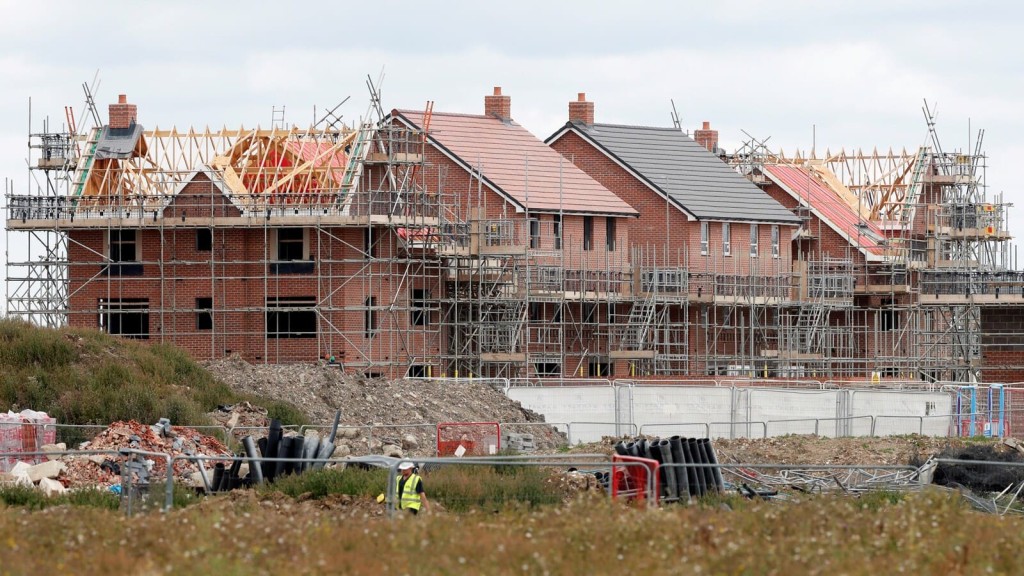
Picture this: a small builder spots a neglected brownfield site, perhaps an old garage forecourt or a tired industrial unit, and within five weeks of submitting plans, gets a decision from a planning officer who actually understands development economics.
No committee theatrics, no three-month delays while councillors debate the precise shade of facing brick, no eye-watering levies that kill the scheme before it starts.
Sounds like planning fantasy? Not anymore.
On 28 May 2025, Deputy Prime Minister Angela Rayner unveiled the most significant reforms to small-scale development in a generation.
The package promises statutory five and eight-week decision timelines, strips away costly regulatory burdens, and opens a £100 million loan facility exclusively for SME builders.
If it works, we could finally see Britain's dormant army of small developers spring back to life.
But here's the catch: it all depends on councils actually having the resources to deliver on these promises. Without proper funding and political backbone, the fastest planning system in the world becomes just another broken promise gathering dust in Whitehall filing cabinets.
Of course, the stakes couldn't be higher.
Britain's housing crisis isn't just about numbers, it's about the complete collapse of the middle market that once delivered the kind of varied, characterful housing that made our towns and cities worth living in.
Can these reforms reverse decades of structural decline and build homes faster?
Or will they join the long list of well-intentioned planning reforms that died in the implementation details?

Take a stroll through any decent suburb built before Prime Minister John Major was in Number 10, and you'll clock the fingerprints of Britain's small builders straightaway - that slightly wonky bay window that somehow works perfectly. The clever way someone squeezed three terraces onto an awkward corner plot. The mix of homes that actually reflects what local people need, rather than what some algorithm in a boardroom thinks they should want.
Back in 1988, these firms, often family outfits with mud on their boots and genuine pride in their craft, delivered nearly half of England's new homes.
Today? They account for less than a tenth.
This isn't just nostalgic hand-wringing. The collapse of the SME sector has fundamentally broken Britain's housing ecosystem:
Strip away this middle tier and we're left with a handful of volume housebuilders plus weekend self-builders - hardly a recipe for the diverse, responsive housing market Britain desperately needs.
The question is whether Rayner's package can reverse decades of structural decline and genuinely enable small developers to build homes faster than ever.
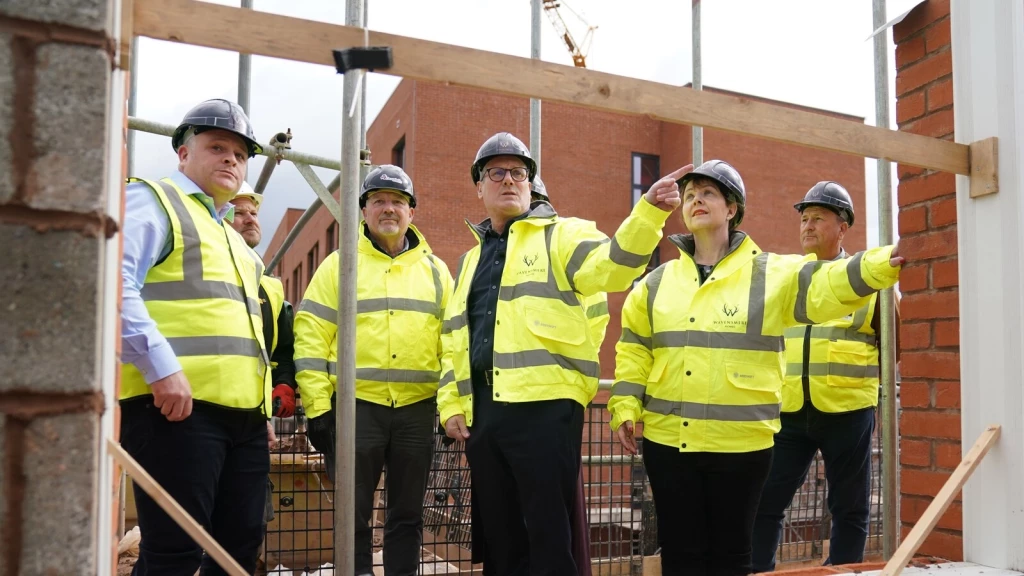
The Deputy PM's announcement, grandly titled "Backing SME Builders to Get Britain Building," represents the most comprehensive attempt since the 1980s to rebalance housing delivery away from volume housebuilder dominance.
The reforms - a streamlined system to deliver faster planning decisions - target four critical bottlenecks simultaneously, creating what policy insiders describe as the first genuinely integrated approach to SME revival.
Now, let’s take a closer look at the key reforms that promise to accelerate the construction of new homes in the UK.
The headline reform fundamentally rewrites how small schemes get decided:
In our view, the breakthrough insight is that this isn't just delegation - it's mandatory delegated planning powers backed by statutory deadlines. Previous reforms gave councils wiggle room; these don’t.
The government simultaneously launched consultations on "Planning Reform Working Paper: Reforming Site Thresholds" and "Reform of Planning Committees: Technical Consultation," signaling this isn't tokenism but a comprehensive system redesign.
So far so good - but what do these changes mean for the always controversial Green Belt policy?
Notably, any development touching Green Belt land, however small, remains firmly in committee hands. This preserves the political theatre around Britain's most contentious planning designation, but it also means SME builders eyeing edge-of-settlement sites won't benefit from fast-track treatment.
This creates a curious policy tension: while the government simultaneously promotes Grey Belt development around transport nodes, these very sites won't benefit from streamlined SME-friendly procedures. Expect this disconnect to generate significant friction, particularly in London's Green Belt where land values could make even small Grey Belt sites financially attractive to SME developers if the planning process were genuinely expedited.
By 2027, we predict a two-tier planning system emerges - lightning-fast decisions for appropriate-scale development, traditional committee processes for everything else. This could fundamentally reshape where and how SME builders operate, steering them toward urban brownfield sites and away from contentious edge-of-settlement locations.
From our own experience at Urbanist Architecture, where we specialise in securing planning permission for smaller infill sites, this reform represents a meaningful step forward. Delegated decision-making for up to nine homes could significantly streamline the approval process for well-designed, context-sensitive schemes and help unlock many sites that currently languish due to unnecessary procedural drag.
Two expensive regulatory hurdles get substantially reduced:
On top of these changes, an additional £1.2 million PropTech Innovation Fund will support "data tools to provide certainty on future infrastructure capacity for SME housebuilders", potentially revolutionary for site selection and investment decisions.
On the whole, these changes don't just reduce costs, they expand the universe of viable sites. Our modelling suggests the pool of financially viable small sites could increase by 25-30%, particularly in areas where marginal viability was the key constraint.
Yet not everyone is convinced. The proposed exemptions for small sites have drawn sharp criticism from Wildlife and Countryside Link, a coalition representing 89 nature organisations, which argues that the changes risk undermining the entire BNG policy.
Richard Benwell, the group’s chief executive, warned: “These changes could leave the BNG system dead in the water and with it, the government’s main guarantee of nature-positive planning. BNG exists to ensure that communities aren’t deprived of the green spaces that make places liveable and that developers don’t take from nature without giving something back.”
Reform three recognises that planning speed ultimately means nothing without accessible capital.
Here are the key aspects, all designed to create faster planning decisions for smaller housing developers:
These reforms have game-changing potential. If the aggregator pilot works, it could solve the sector's most intractable problem - land assembly. Currently, small builders spend 2-4 years assembling sites, now, pre-assembled plots with outline planning permission could compress this to months.
While most agree we need to get building, one persistent dilemma is the issue of a chronic undersupply of skilled tradespeople who are able to carry out the ambitious works on the ground. This fourth strand of the reforms aims to tackle this in the following ways:
Skills investment could prove more transformative than regulatory reform. SME housebuilders consistently cite labour shortages as their primary constraint - more than planning delays or finance costs.
What do we see as the key implementation challenge?
That those statutory deadlines only start ticking once applications are validated. We expect councils to adopt "perfect or perish" validation policies as their primary workload management tool. For practitioners, this means drawings that could pass a QC's scrutiny, pre-agreed consultee responses, and design review feedback bundled in from day one.
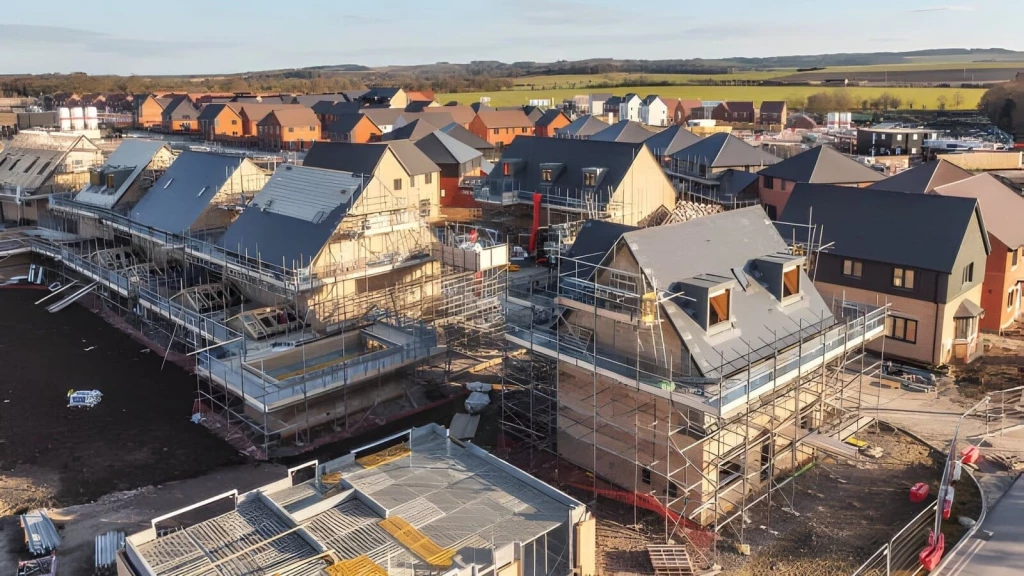
These reforms don’t exist in isolation. They’re part of a broader government strategy to deliver 1.5 million homes by 2029 - and to fundamentally restructure how Britain builds.
The timing matters. Coming on the heels of the Planning and Infrastructure Bill (March 2025) and launched alongside the new National Planning Policy Framework, this marks the most coordinated housing policy push in decades.
According to government analysis, the broader package of planning reforms could boost the economy by £7.5 billion over the next decade. Of that, SME-specific measures are expected to contribute £1–2 billion, driven by increased competition and faster delivery.
Britain’s housing delivery per capita has lagged behind its European peers for over 20 years. In countries like Germany and the Netherlands, vibrant SME sectors still deliver 25–40% of new housing - a level of diversity and capacity the UK is now trying to rebuild.
And the urgency is clear. Millennials are hitting peak household formation years, immigration remains above 700,000 annually, and housing pressure shows no sign of easing. Reviving the SME sector isn’t just about market structure - it’s about whether Britain can meet basic shelter needs at all.
This rebalancing could alter Britain's housing landscape in the following ways:
The May 28 package doesn’t stand alone - it intersects with several other major policy agendas that could enable or constrain its impact.
Naturally, this raises a few questions:
The reforms for faster planning applications rest on a key assumption: that local councils will rapidly digitise planning validation, creating a competitive edge for tech-enabled SME homebuilders. Early adopters using BIM, automated compliance checks, and real-time cost modelling are well-positioned to dominate the fast-track approval process.
At the same time, interest-only development finance during construction aligns well with off-site manufacturing. Expect a surge in partnerships between SME builders and modular manufacturers - potentially delivering homes up to 40% faster than traditional methods, without compromising on quality.
Meanwhile, the government’s £1.2 million PropTech Innovation Fund targets “data tools for infrastructure capacity.” This signals an awareness that SME builders need advanced site selection tech to compete with the land acquisition firepower of major developers.
While current reforms ease immediate burdens, upcoming Future Homes Standard requirements (2025) and potential embodied carbon regulations introduce new cost pressures. Without innovative financing solutions, SME builders may be forced to choose between speed and sustainability.
However, many SMEs bring strengths that volume builders lack. Their deep renovation expertise positions them well if government policy shifts further toward retrofit - potentially expanding SME influence beyond new-builds and into the vast existing housing stock needing net-zero upgrades.
In addition, SME builders often source materials through regional supply networks, which have proven more resilient than the global supply chains that have disrupted volume housebuilding since 2020. In an increasingly volatile international market, this could become a significant competitive advantage.
While SME builders now account for just 10% of the UK market, their counterparts in Germany (35%) and the Netherlands (40%) play a far larger role. These countries show that diverse building sectors not only deliver more homes per capita, but also maintain higher design standards. The May 28 reforms mark Britain’s first serious effort to learn from these successful models.
The urgency is real. Household formation among 25–34 year-olds is accelerating, just as traditional delivery models are faltering. In 2024, volume builders delivered around 120,000 homes - already below need, even before factoring in growing concerns around quality.
In this context, reviving the SME sector isn’t a policy choice - it’s a mathematical necessity to meet basic housing demand.
Beyond volume, SMEs offer powerful local multipliers. Typically operating within a 20-mile radius, they spend and hire locally, keeping value in the community. Government estimates suggest every £1 invested in SME housing generates £3.50 in local economic activity - substantially more than volume builders, who centralise procurement and employment in corporate hubs.

Here's what two decades in planning practice teaches you: policy lives or dies not in the grand announcements but in the mundane spaces between the headlines.
Having dissected our last 20 minor schemes, the pattern is depressingly familiar:
The harsh reality is this: if officers are genuinely expected to determine applications in eight weeks, every design team must front-load evidence from day one. Tree surveys, transport impact assessments, daylight and sunlight studies - the lot. Equally crucial, councils need rapid-response protocols with statutory consultees, or the reformed system simply collapses at the first technical query.
Fast-track planning requires properly resourced planning departments. Current estimates suggest councils need an additional £200-300 million annually just to handle existing workloads competently. The government's £10 million for environmental specialists amounts to roughly £32,000 per local authority - welcome but laughably insufficient.
Even with unlimited budgets, qualified planning officers remain scarce. The Royal Town Planning Institute reports a 15% vacancy rate in local government planning roles, rising to over 25% in London boroughs. You can't conjure experienced planners from thin air, regardless of statutory deadlines.
Unfortunately, there’s also still a technology deficit. Meaningful validation reform requires integrated digital platforms linking planning, building control, highways, and utilities data. Most councils still operate on systems that predate the iPhone. Savage but true!

When speed and cost pressures dominate, architectural mediocrity often follows. The risk is clear: a wave of copy-paste house types, all justified by “we only had five weeks to design this.”
But historically, SMEs have been the antidote to pattern-book uniformity, not its cause. The challenge now is ensuring that design quality survives under the pressure of fast-track timelines.
So - how do we uphold standards while moving at speed?
Our advice as residential architects and town planners specialised in complex schemes is to skip the planning ping-pong entirely. Load your planning application with CGI streetscenes, daylight and sunlight modeling, and biodiversity assessments from day one. When officers can see the full story immediately, the planning consent you need follows fast.
Fast-track delivery will create a two-tier landscape: Firms that master front-loaded, technically complete design will lead. Those relying on traditional staged design development will simply be priced out.

Removing councillors from routine decisions strikes at the visible ceremony of local democracy.
The debate splits predictably, but both sides miss the deeper implications.
It's not really about votes in the chamber, it's about the informal processes that make good planning work. The site visits where a councillor spots the morning sun angle that no planning statement captured. The design dialogue that emerges from local knowledge, not just policy compliance.
The community pulse-taking that happens in car parks after formal meetings end.
To keep things at a high quality, here are a few ideas:
The loss of informal democratic input will be felt most acutely where local knowledge matters more than policy expertise. The reforms work best in urban contexts with clear precedents; they're riskier in edge-of-settlement locations with complex community dynamics.
Paradoxically, this means SME builders will be steered toward exactly the kind of brownfield infill that planning policy already favours - urban sites, transport-accessible locations, previously developed land.
On top of this, we wanted to again call out the Green Belt blind spot.
The committee retention rule for Green Belt development creates an awkward policy tension. While ministers simultaneously champion "Grey Belt" housing around transport hubs, these very sites won't benefit from SME-friendly fast-track procedures.
In London's Green Belt particularly, where land scarcity makes even degraded sites valuable, this exclusion feels counterproductive. SME builders who might tackle modest Grey Belt infill projects - the kind of sensitive development that builds community acceptance for Green Belt reform - find themselves locked into the traditional committee system that the reforms explicitly acknowledge as too slow and politicised for small-scale schemes.

The "BNG-lite" approach has environmental groups reaching for their pitchforks, while ministers argue that unused car parks shouldn't need full habitat surveys.
Both positions contain truth, but the real story lies in implementation nuance.
The first risk is a rural concentration bias. Off-site credits flow toward cheap agricultural land, meaning urban developments contribute to countryside nature gains while their own streetscapes remain ecologically barren.
The other risk is that innovation will be abandoned. Faster timelines may discourage creative on-plot solutions like green roofs and micro-reedbeds that take longer to design but deliver better outcomes.
Switching our focus to the positives, there are also some true opportunities here.
The first is to integrate urban ecology. Swift boxes, bee bricks, and climber-friendly facades can meet credit requirements cost-effectively while enhancing street-level environmental quality.
Second is to apply a build-to-rent biodiversity premium. Operators increasingly market on-site green infrastructure through wellness-focused branding, potentially offsetting higher upfront costs through rental premiums.
All in all, the environmental trade-offs are manageable if we resist treating BNG-lite as a corner-cutting license. The best SME schemes will use simplified processes to deliver better integrated solutions, not cheaper compromises.
Worked example - 12-home brownfield infill:
Cost savings don't just make individual schemes viable - they expand the pool of sites SMEs can realistically tackle, potentially unlocking thousands of small brownfield plots currently gathering dust.
The Homes England loan facility addresses the sector's real chokepoint. Most SME builders fail not because of planning delays but because they can't access development finance at viable rates. If the underwriting process genuinely delivers decisions in 4-6 weeks, it transforms the sector's cash flow dynamics.
The reformed landscape creates entirely new business models for practices willing to adapt:
Practices that master front-loaded technical delivery will dominate the SME market. Those that continue with traditional staged approaches will find themselves priced out by the new timelines.
The winners will be firms that can deliver comprehensive technical packages within tight deadlines while maintaining design quality - a challenging combination requiring significant process re-engineering.

Based on 15 years watching planning reform cycles, here's how this could play out:
LPAs receive sustained funding that survives spending reviews. Validation goes fully digital with AI-assisted completeness checking. Homes England streamlines approvals to match private sector standards. Environmental groups accept BNG-lite as proportional pragmatism.
Outcome: SME housing starts to climb 20-25% by 2027. Design quality holds steady as successful practices develop new delivery models. Small builders' market share edges back toward 20% of total output.
Statutory deadlines slip as validation becomes the chokepoint. BNG-lite triggers legal challenges creating uncertainty. Loan underwriting improves but still takes 8-10 weeks. Regional variations become stark as progressive authorities pull away from laggards.
Outcome: Modest uplift in SME output - perhaps 10-15% - but councils spend savings on appeals management. The policy delivers enough success to avoid reversal but insufficient transformation to solve the housing crisis.
The "democratic deficit" narrative gains traction after controversial officer-led approvals. Committees claw back call-in powers. Environmental litigation successfully challenges BNG-lite. Political pressure forces policy rewriting before reforms bed in.
Outcome: Minimal long-term impact on SME market share. Planning timelines actually lengthen as appeals multiply. The reform window closes for another electoral cycle.
These scenarios focus on administrative mechanics, but the real test lies in cultural transformation.
Can Britain's planning system adapt to permissive development principles after decades of restrictive reflexes?
We believe there is a real mindset shift required.
Planning officers trained to find reasons for refusal must become development enablers. Councillors accustomed to micro-managing design details must focus on strategic outcomes. Communities expecting extensive consultation on every minor infill must accept streamlined processes.
There’s also the issue of trust. Public faith in both planning systems and development quality remains shattered after decades of mediocre housing. Fast-track approval risks reinforcing perceptions that "developer profits" trump "community needs" - regardless of whether SME schemes actually deliver better outcomes.
Finally, there’s the political durability question.
These reforms require sustained commitment through multiple electoral cycles. Opposition parties currently support SME housing in principle, but will they maintain support when faced with specific controversies in marginal constituencies?

Announcing the reforms, Angela Rayner said: “Smaller housebuilders must be the bedrock of our Plan for Change to build 1.5 million homes and fix the housing crisis we’ve inherited – and get working people on the housing ladder. For decades, the status quo has failed them. It’s time to level the playing field. Today we’re taking urgent action to make the system simpler, fairer and more cost-effective, so smaller housebuilders can play a crucial role in our journey to get Britain building.”
We believe this package represents the most serious attempt in decades to rebalance Britain's housing market away from volume housebuilder dominance. The policy logic is sound, the financial interventions meaningful, and the regulatory relief long overdue.

The small builders are indeed ready - many have been waiting years for exactly these opportunities. The real question isn't whether demand exists but whether the reformed planning system can deliver on its promises without being overwhelmed by its own success.
History suggests we'll muddle through, gradually improving while never quite achieving the transformational change the headlines promise. But sometimes muddling through is enough - particularly if it means more young families getting keys to decent homes at prices they can actually afford.
The implementation details will determine whether this becomes a genuine revival or another well-intentioned reform that dies in the bureaucratic undergrowth. Based on the evidence, cautious optimism seems warranted - but only if the government backs its policy ambitions with the resources and political commitment required for genuine system change.
The race starts now. The finish line is visible, but the track ahead is littered with obstacles that could derail even the best-intentioned reforms. Success will require sustained effort from every actor in the planning ecosystem - from Whitehall mandarins to parish councillors, from planning officers to small builders.
Place your bets accordingly. The future of Britain's housing supply hangs in the balance.

Nicole I. Guler BA(Hons), MSc, MRTPI is a chartered town planner and director who leads our planning team. She specialises in complex projects — from listed buildings to urban sites and Green Belt plots — and has a strong track record of success at planning appeals.
We look forward to learning how we can help you. Simply fill in the form below and someone on our team will respond to you at the earliest opportunity.
The latest news, updates and expert views for ambitious, high-achieving and purpose-driven homeowners and property entrepreneurs.
The latest news, updates and expert views for ambitious, high-achieving and purpose-driven homeowners and property entrepreneurs.

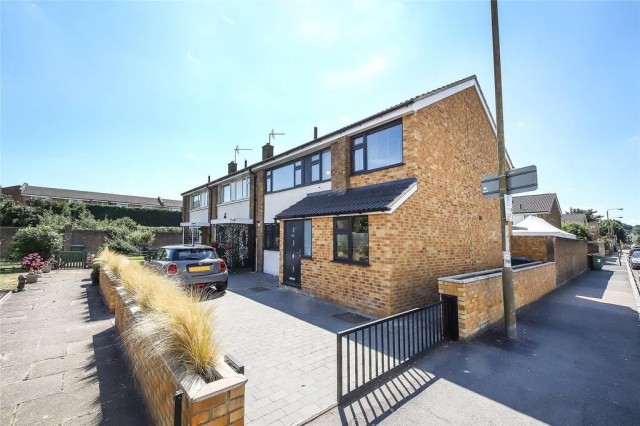

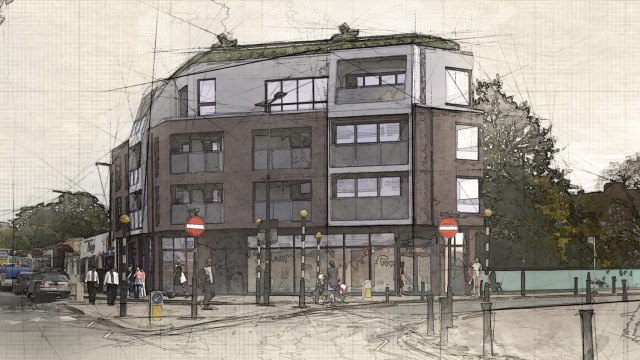
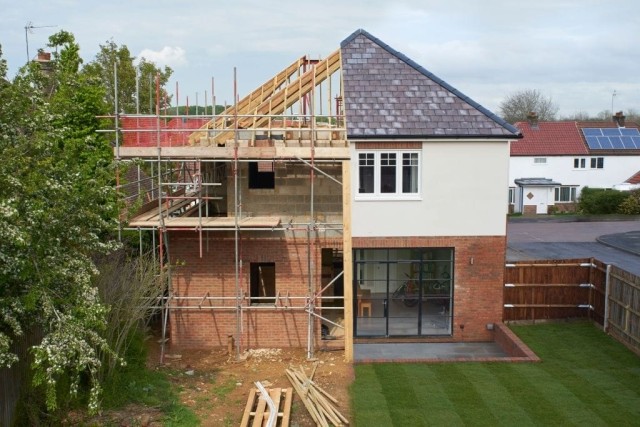
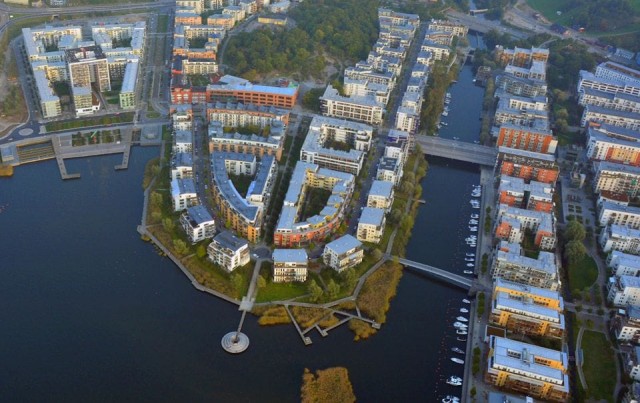



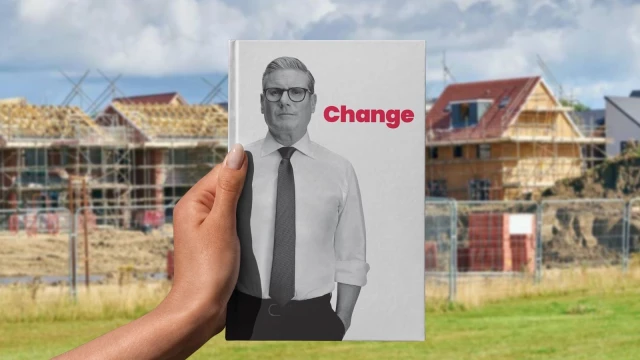
We specialise in crafting creative design and planning strategies to unlock the hidden potential of developments, secure planning permission and deliver imaginative projects on tricky sites
Write us a message